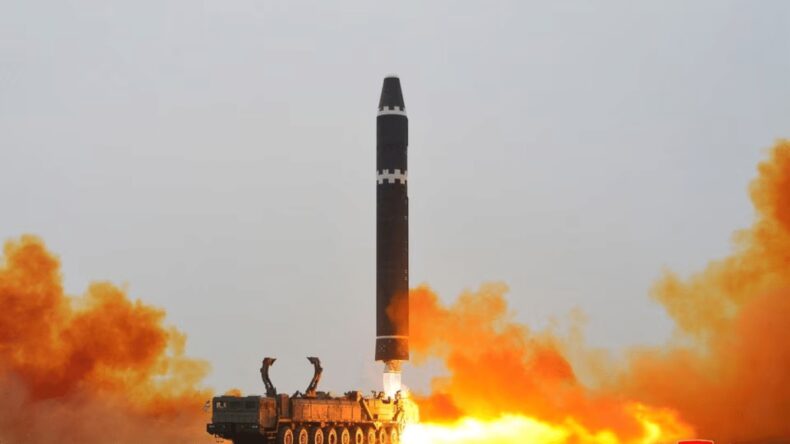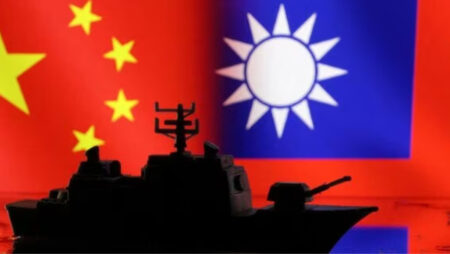On Sunday, the South Korean military said it fired warning shots at a North Korean vessel that breached the maritime boundary, a day after the incident that heightened tensions over the North’s missile launches.
The North’s assault came as tensions rose in response to the North’s increased military activity in recent weeks, including Friday’s test of a new solid-fuel intercontinental ballistic missile, which analysts say might allow missile launches with little warning.

There is a constant tension between North Korea and South Korea with both sides repeatedly testing or carrying out military activities. One of the major concerns is North Korea’s active participation in the development of nuclear weapons. The ongoing nuclear and missile development programs of North Korea, have been a source of regional and international concern. North Korea’s development of nuclear weapons for warfare and ballistic missiles has led to heightened tensions in the region. It has resulted in sanctions imposed by the international community, including South Korea and its allies.
North Korea and South Korea :
There is a constant exchange of missile strikes between the two countries. The series of missile launches and counterstrikes escalated tensions and raised concerns about the potential for a full-blown conflict.
North Korea fired a barrage of missiles towards South Korea. Reports indicated that the missiles were of various types, including short-range ballistic missiles, intermediate-range ballistic missiles, and cruise missiles. Some of these missiles were capable of carrying nuclear warheads, adding to the gravity of the situation.
In response, South Korea activated its missile defence systems and swiftly launched its own counterstrikes. The South Korean military fired missiles in retaliation, targeting North Korean missile launch sites and military installations. The exchange of missiles continued for several days, with both sides trading blows and escalating their military actions.
The situation on the Korean Peninsula rapidly deteriorated as the back-and-forth missile exchange intensified. Both North Korea and South Korea issued strong statements, accusing each other of aggression and vowing to defend their respective territories. The international community expressed deep concern over the escalating conflict and called for an immediate cessation of hostilities.
Neighbouring countries, including the United States and Japan, condemned the missile exchange and urged North Korea and South Korea to exercise restraint. The United States, which has a military alliance with South Korea, reiterated its commitment to its ally and called for a peaceful resolution to the crisis. Japan, which has its own concerns about North Korea’s missile capabilities, expressed alarm and offered support to South Korea.
The situation took a toll on civilian populations on both sides of the Korean border. Reports of casualties, damage to infrastructure, and displacement of civilians emerged, further highlighting the devastating consequences of the conflict. There were concerns about the potential for further escalation and the destabilizing impact on the region.
Efforts were made to initiate diplomatic dialogue to de-escalate the situation. The United Nations Security Council held emergency meetings to address the crisis, and various countries, including China and Russia, offered to facilitate talks between North Korea and South Korea. However, finding a peaceful resolution proved challenging as both sides remained entrenched in their positions, with mutual distrust and animosity fueling the conflict.
As the back-and-forth missile exchange continued, there were calls from the international community for a cessation of hostilities and a return to diplomatic channels to resolve the crisis. Regional organizations, such as the Association of Southeast Asian Nations (ASEAN), also expressed concern and called for peaceful dialogue to defuse the tension.
The two countries, located on the Korean Peninsula in East Asia, have had a tumultuous relationship since the end of World War II and the subsequent division of Korea into two separate states. The conflict between them is persistent and seems to continue for a long period of time.













